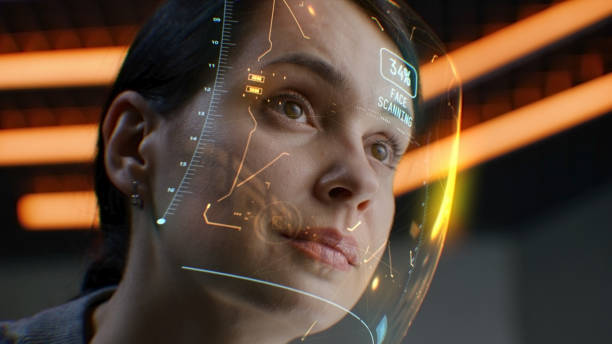- الكلمات - #forensic video enhancement
-
- آخر تحديث ١٢ سبتمبر، ٢٠٢٣ تعليق ٠ , ١٨١ views, ٠ مثل
More from Arturo Jackson
More in Politics
Related Blogs
أرشيف
From Blurry to Clear: The Science of Forensic Video Enhancement
الجسم
Forensic video enhancement is a crucial tool in modern law enforcement and investigative processes. In a world where surveillance cameras are ubiquitous, the need to extract valuable information from often low-quality video footage is paramount. This article delves into the science behind forensic video enhancement, shedding light on the techniques and technologies that transform blurry and pixelated images into valuable evidence.
The Importance of Forensic Video Enhancement
In the world of criminal investigations, video evidence can make or break a case. However, security cameras often capture footage under less-than-ideal conditions, resulting in blurry or grainy videos. This is where forensic video enhancement comes into play. By applying advanced image processing techniques, experts can improve the clarity, contrast, and overall quality of video footage, potentially revealing crucial details that might have otherwise remained hidden.
The Science Behind Enhancement
Forensic video enhancement relies on a combination of image-processing algorithms and digital manipulation tools. One common technique is noise reduction, which helps reduce the graininess of an image. Another is image stabilization, which smooths out shaky footage, making it easier to analyze. Additionally, contrast enhancement can reveal hidden details in dark or overexposed areas of a video.
Advancements in Technology
Recent advancements in technology have revolutionized forensic video enhancement. High-powered computers and specialized software can now process video footage more efficiently than ever before. Machine learning algorithms are also being employed to automatically identify and enhance specific objects or faces within a frame.
Conclusion
Forensic video enhancement plays a pivotal role in modern law enforcement and investigative processes. By harnessing the power of image processing techniques and cutting-edge technology, investigators can transform blurry and unclear videos into valuable evidence. As technology continues to advance, the future of forensic video enhancement looks promising, promising even more effective tools for solving crimes and bringing justice to those who seek it.











تعليقات